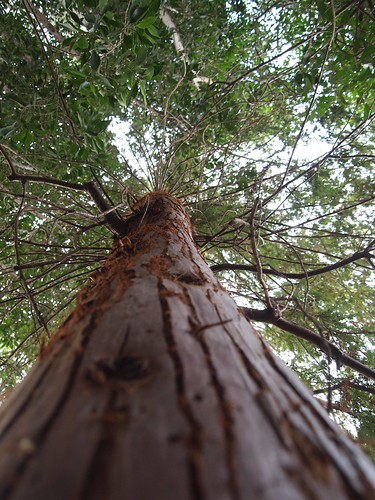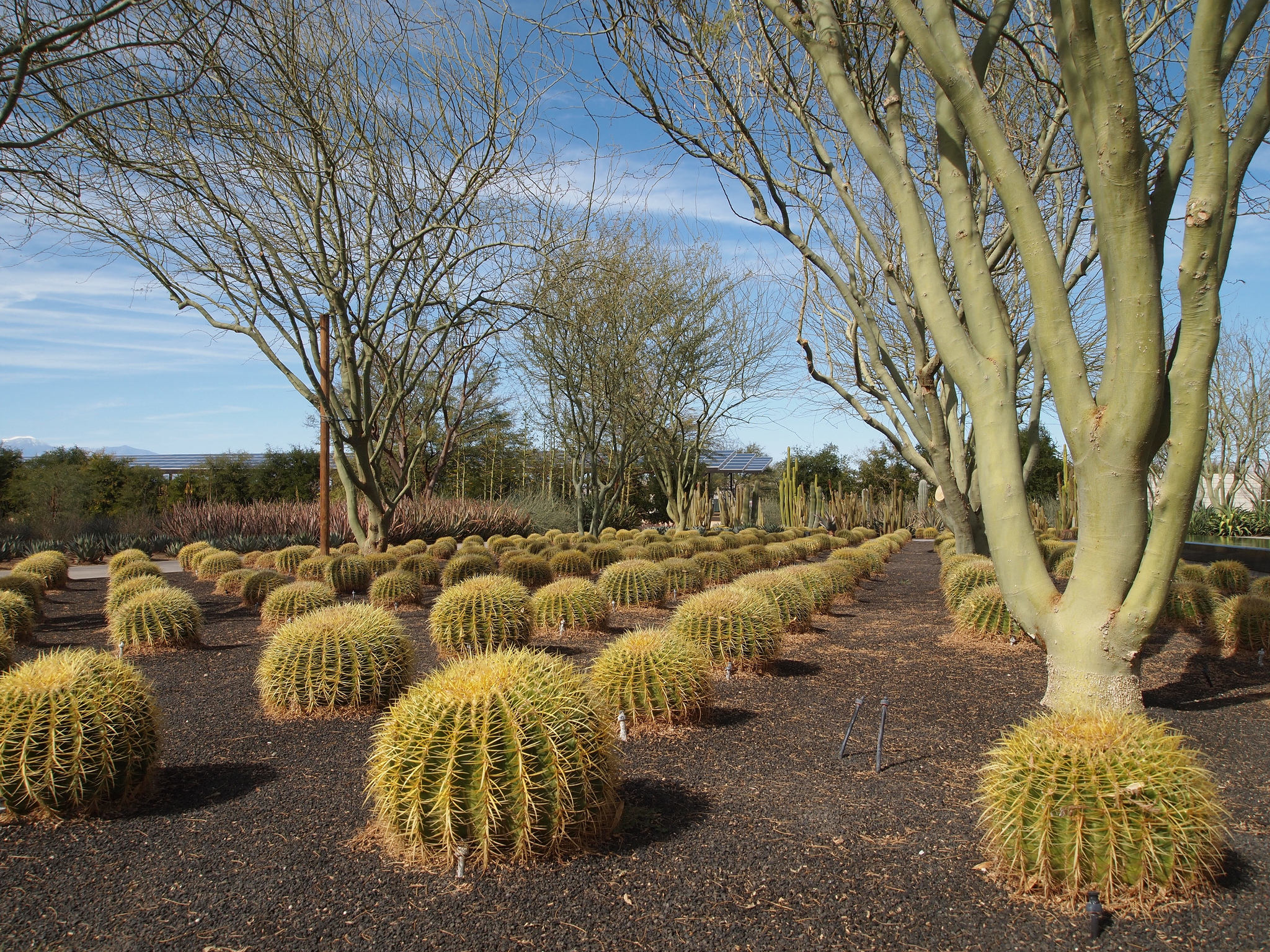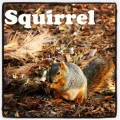Garden Inventory is a series where I begin an inventory of all the plants and trees in my garden. Along with some of my own pictures, I will link to various sources of information about each plant and tree so we can learn a little more together.
I would also like to highlight your special plants and tress. Pass along your favorite plants in the comments and I will use them for future Garden Inventory posts. — Douglas
Garden Inventory: Redwood (Sequoia sempervirens)
“Sequoia sempervirens (pronounced /sɨˈkɔɪ.ə sɛmpərˈvaɪrənz/)[1] is the sole living species of the genus Sequoia in the cypress family Cupressaceae (formerly treated in Taxodiaceae). Common names include coast redwood, California redwood, and giant redwood. It is an evergreen, long-lived, monoecious tree living 1200–1800 years or more.[2] This species includes the tallest trees on Earth, reaching up to 379 feet (115.5 m) in height (without the roots) and up to 26 feet (7.9 m) in diameter at breast height. Before commercial logging and clearing began by the 1850s, this massive tree occurred naturally in an estimated 2,100,000 acres (8,500 km2) along much of coastal California (excluding southern California where rainfall is not sufficient) and the southwestern corner of coastal Oregon within the United States. An estimated 95% or more of the original old-growth redwood forest has been cut down,[3] due to its excellent properties for use as lumber in construction.” — http://en.wikipedia.org/wiki/Sequoia_sempervirens
We have 2 of these lovely trees in the garden and they are one of my favorite trees. First, their shaggy, dark red, bark is always attract and looks different from every angle. It requires almost no maintenance and survives well even in this heavily crowded back yard.
Of course, this tree will never reach the size of its native brothers and sisters growing in Northern California. For that they require a heavily organic soil and much more moisture than they would ever receive here in Los Angeles. That said, they are stately and attractive trees. There are a few other examples in the neighborhood which appear to be much older, yet they still remain compact and attractive even as they grow larger.
At the bottom of the trunk, the redwood throws off a variety of what I guess would be called saplings, arising from its roots. These bring an interest to the trunk and contrast nicely with the red bark without obscuring it. You can see examples of this in the photos of the trunk below.
It is a bit difficult to get a good picture of its upper branches, as it is crowded by one of the ficus growing nearby, but there are a few examples in the photos, too.
Photos of Redwood (Sequoia sempervirens) closeups of leaves, fruit, growing habit, trunk and bark
More information on Ficus Bejamina:
- Sequoia sempervirens at Wikipedia
- Giant sequoia and redwoods at Sequoia National Park
- Redwood National Park in California
- Sequoia sempervirens at Conifers.org
Previously on Garden Inventory:

















